Shady Business: Confessions of a Chandelier Addict

For centuries, chandeliers have been synonymous with elegance, power, and artistry. Originally designed to hold candles in medieval great halls, today’s chandeliers are dazzling centerpieces of light that span a vast spectrum of styles—from opulent crystal classics to sleek, sculptural modern forms. In the world of interior design, the chandelier is more than just a light fixture—it’s a design statement, a mood setter, and often, a room’s crown jewel.
Whether you’re designing a minimalist loft or a lavish traditional home, the chandelier holds a unique power to elevate and define a space.


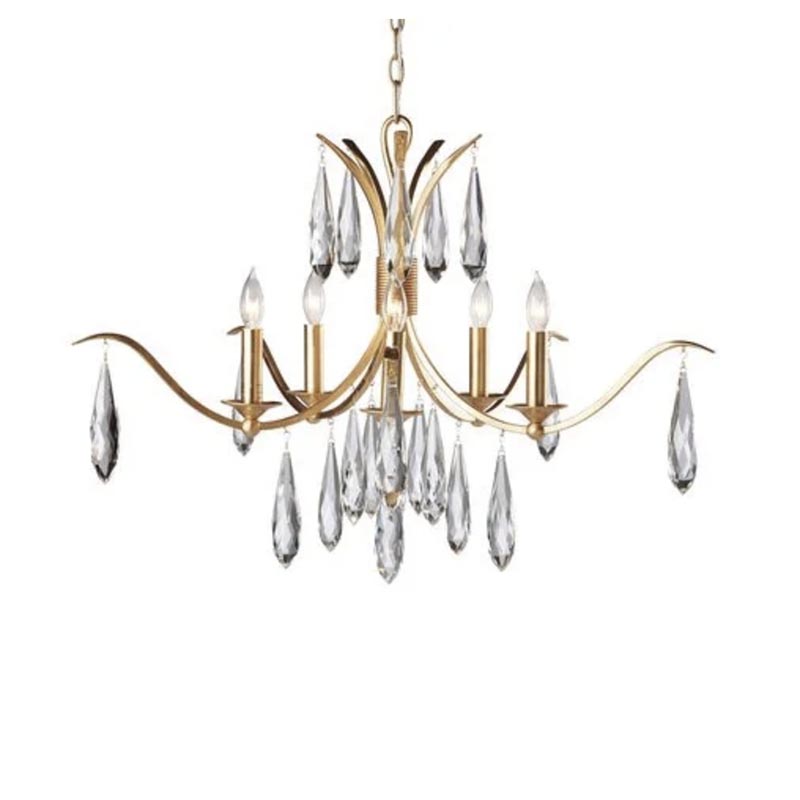
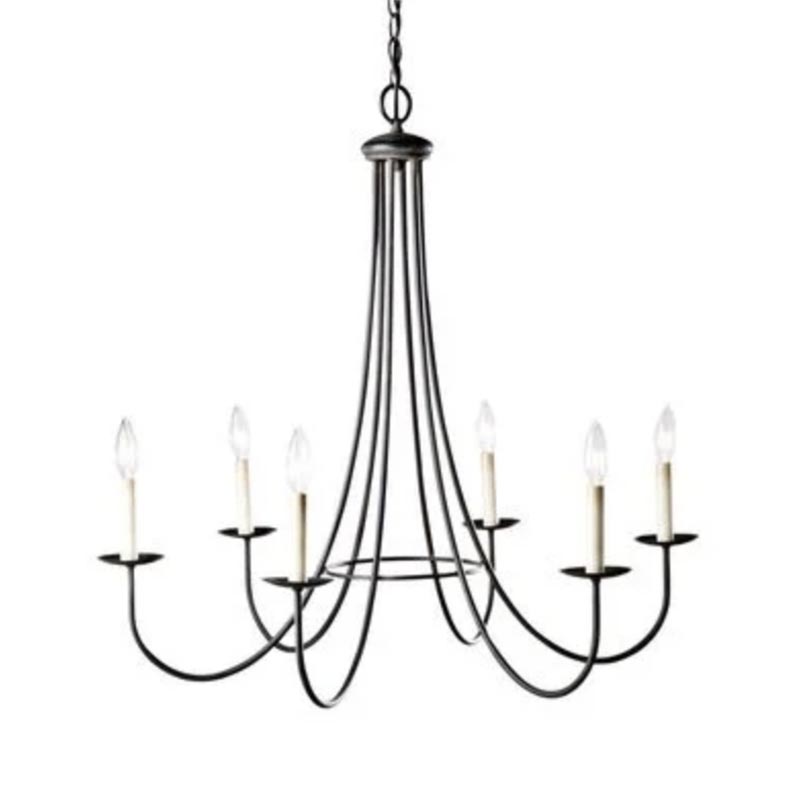
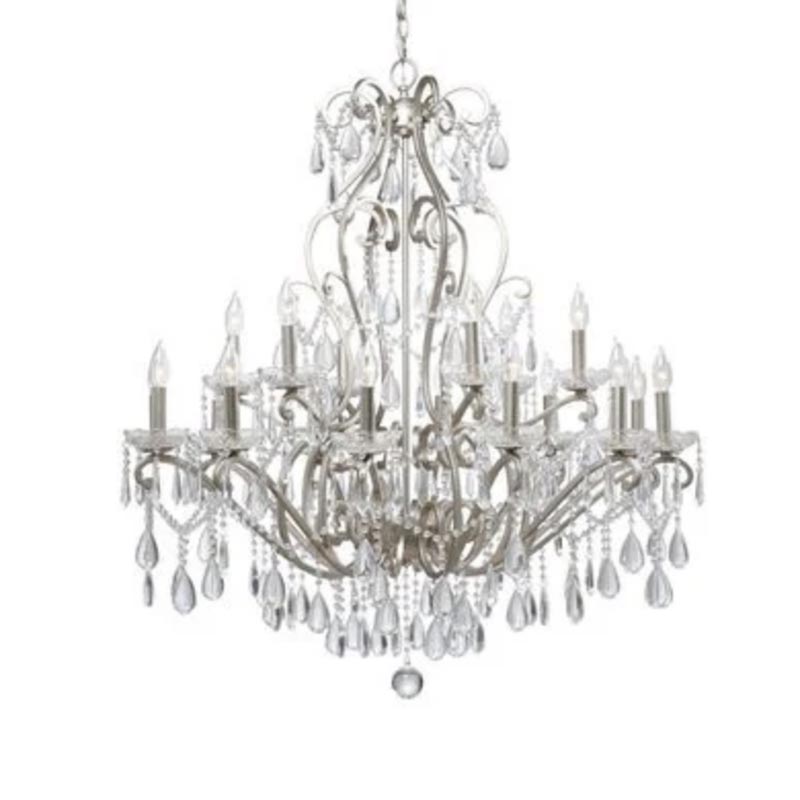

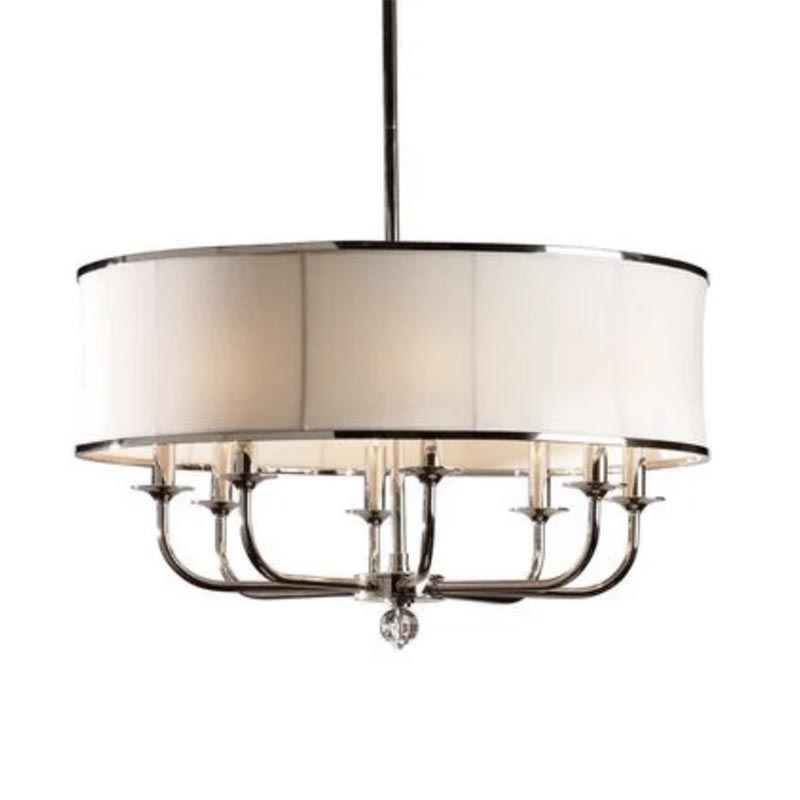

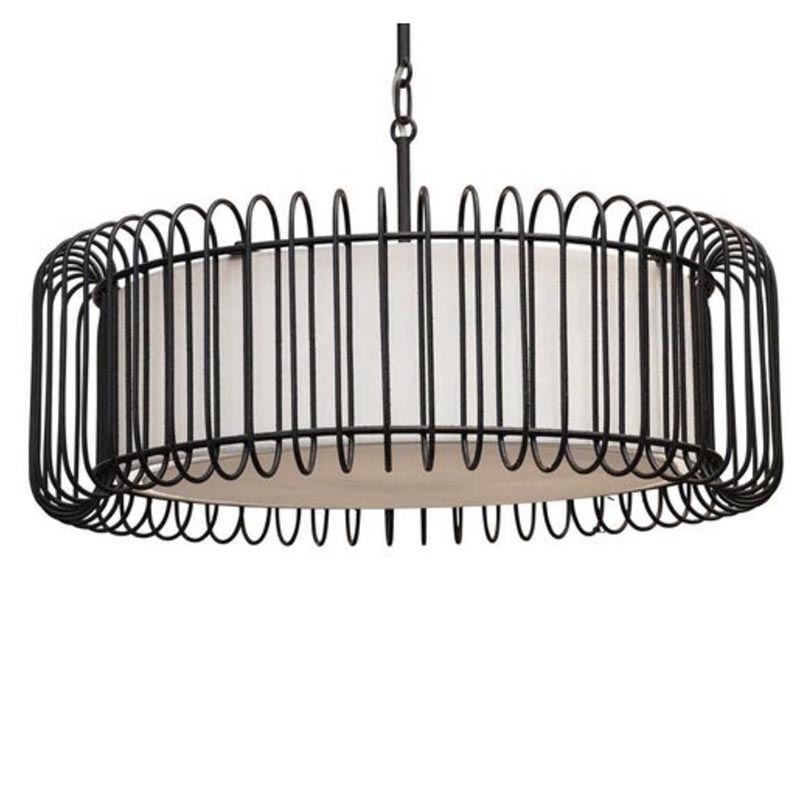
1. Aesthetic Anchor: The Role of a Chandelier in Design
In interior design, every space needs a focal point. A chandelier naturally draws the eye upward and centers the room, grounding furniture arrangements and reinforcing the room’s aesthetic. It’s a sculptural element, even when turned off, and when illuminated, it transforms both the visual and emotional tone of the space.
Designers often use chandeliers to:
- Emphasize vertical space
- Create balance in asymmetrical rooms
- Add a touch of the unexpected
- Introduce texture and contrast through materials like glass, metal, beads, or wood
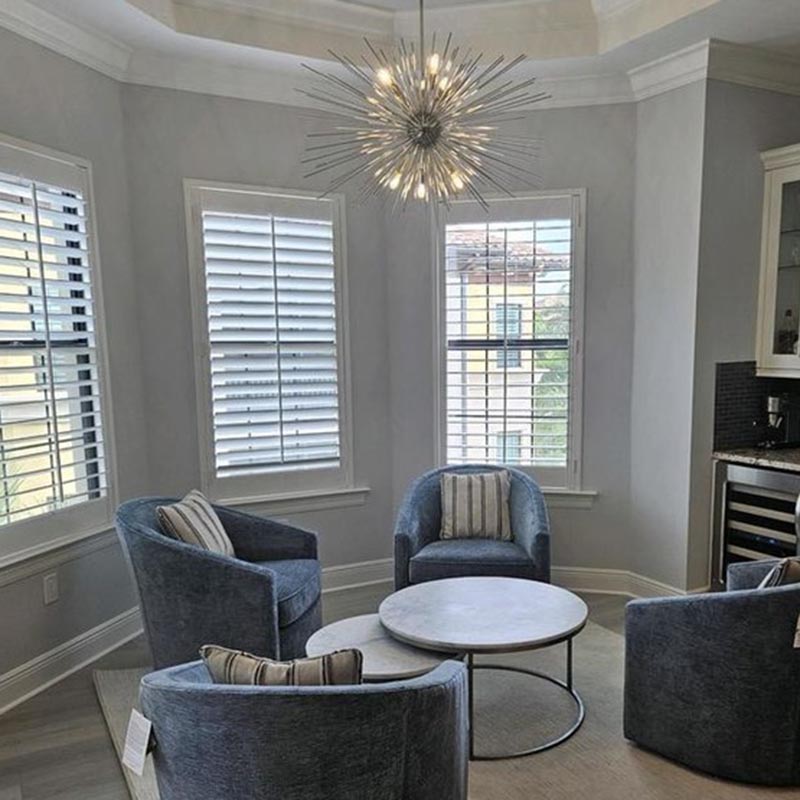
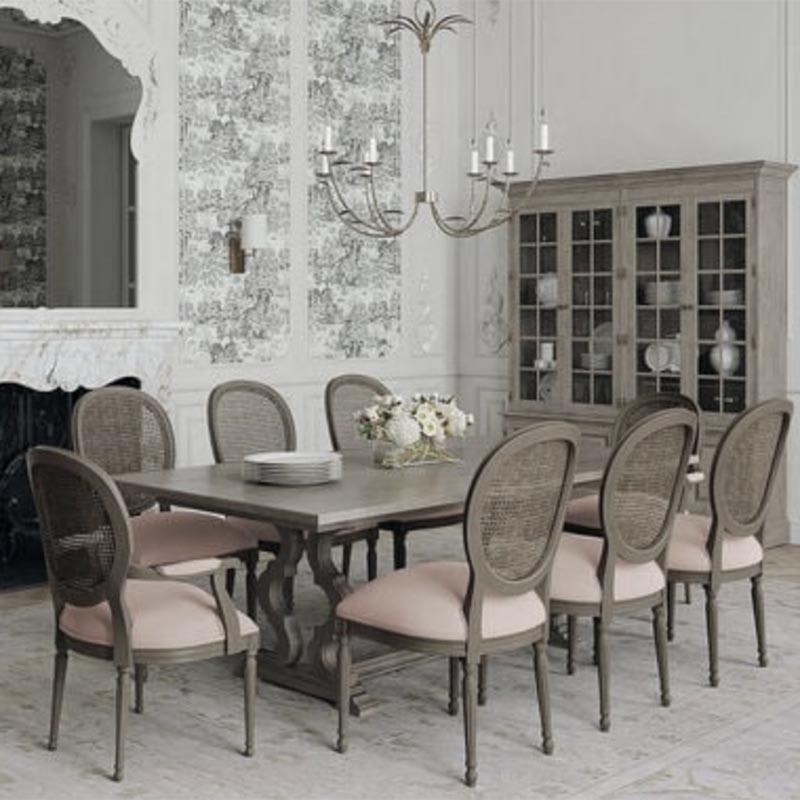
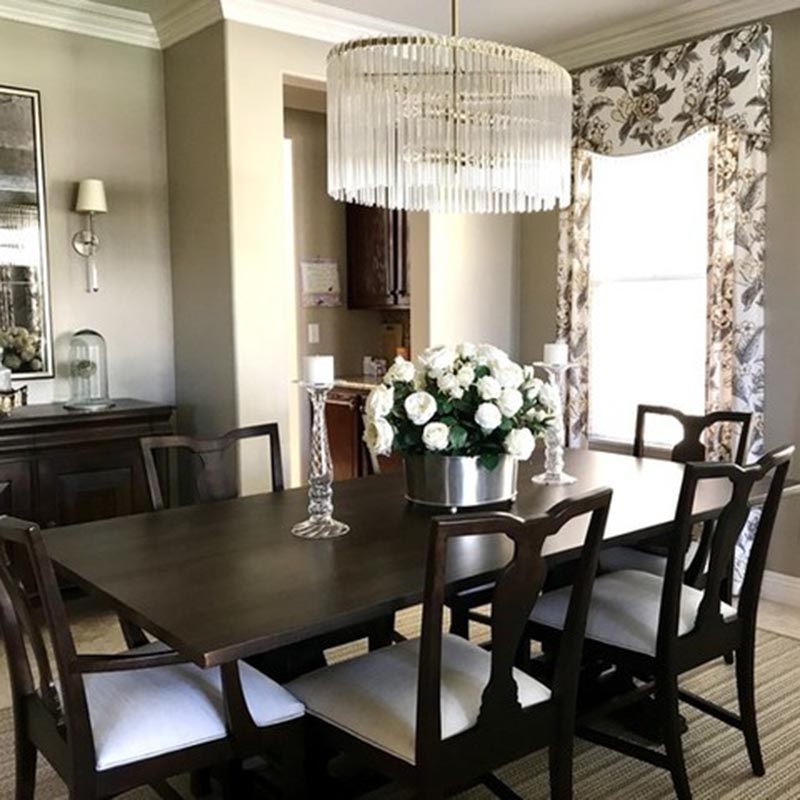
2. Style Versatility: From Grand to Minimal
Gone are the days when chandeliers meant ornate crystal and gold leaf. Today’s designs cater to a broad range of tastes and spaces:
- Modern: Clean lines, geometric shapes, and minimalist metals define the modern chandelier. These are perfect for contemporary spaces where function meets form.
- Industrial: Think exposed bulbs, dark finishes, and raw materials like iron or steel. These chandeliers complement lofts or urban designs.
- Bohemian: Beaded, woven, or tiered fixtures add texture and personality to eclectic interiors.
- Traditional: Classic crystal chandeliers remain favorites in formal spaces, offering timeless elegance and sophistication.
Chandeliers now blur the lines between lighting and art—many could hang in a gallery as easily as in a home.
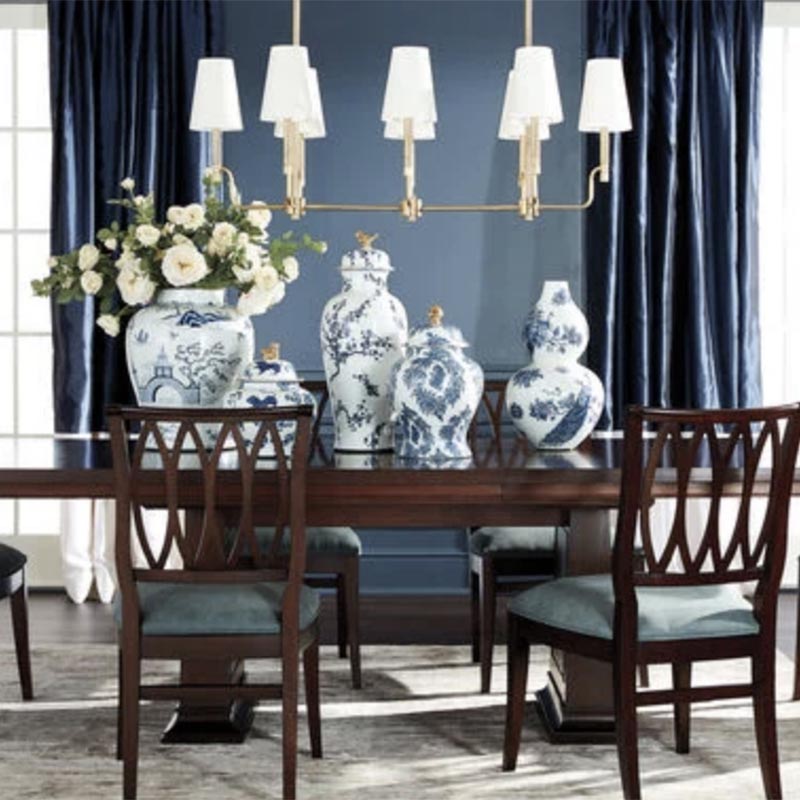
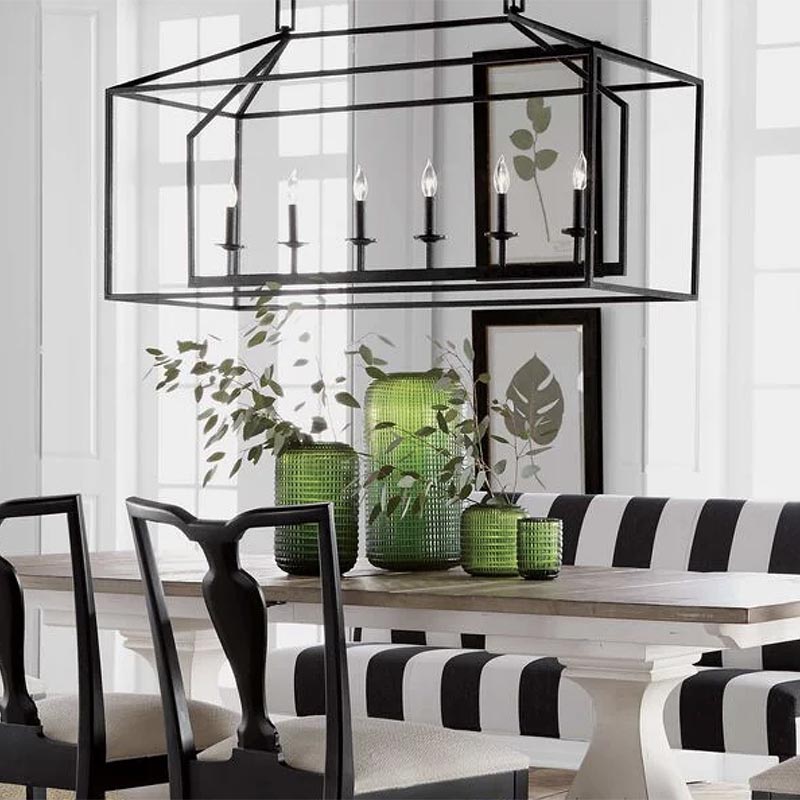
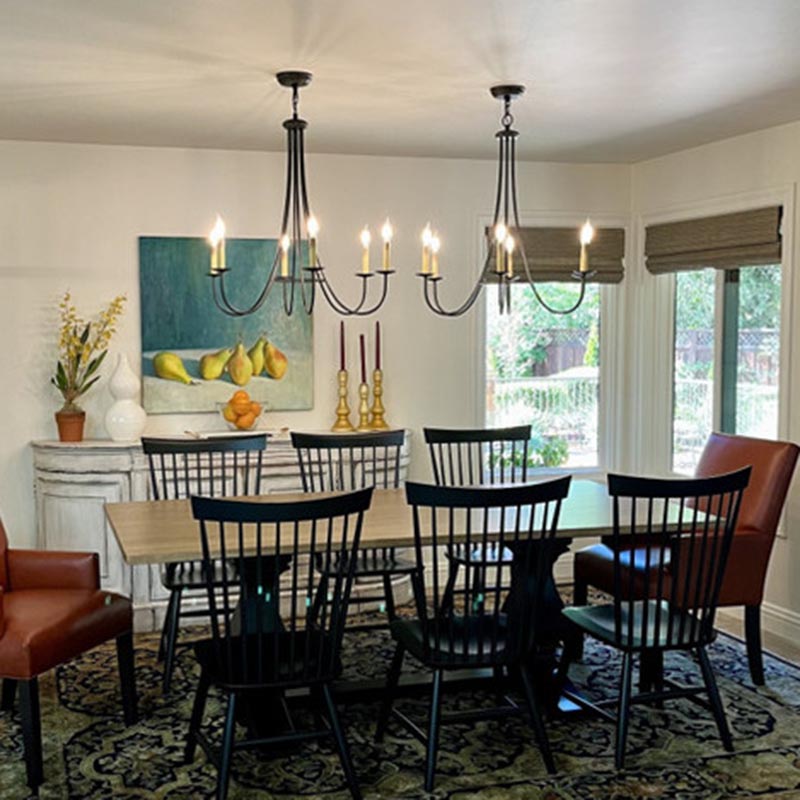
3. Emotional Impact: Lighting as Experience
Interior design isn’t just visual—it’s about how a space feels. Lighting plays a crucial role in this emotional impact. A chandelier doesn’t just illuminate—it sets the mood.
A warm-toned chandelier in a dining room creates intimacy. A dramatic, oversized fixture in a foyer suggests luxury and grandeur. A playful or asymmetrical piece in a child’s room invites imagination. Chandeliers help dictate the atmosphere before a word is spoken or a chair is pulled out.
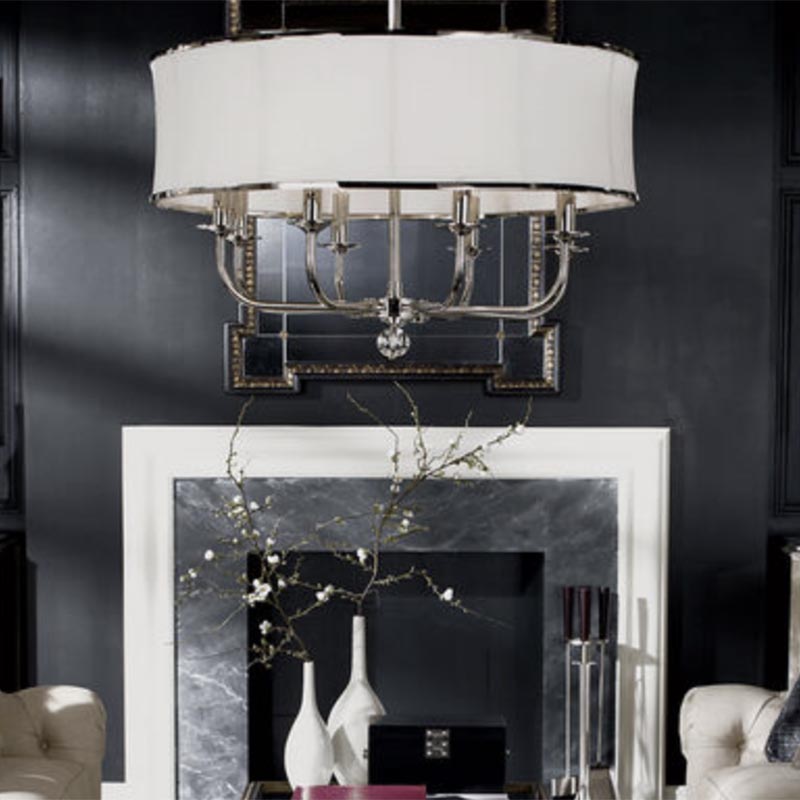
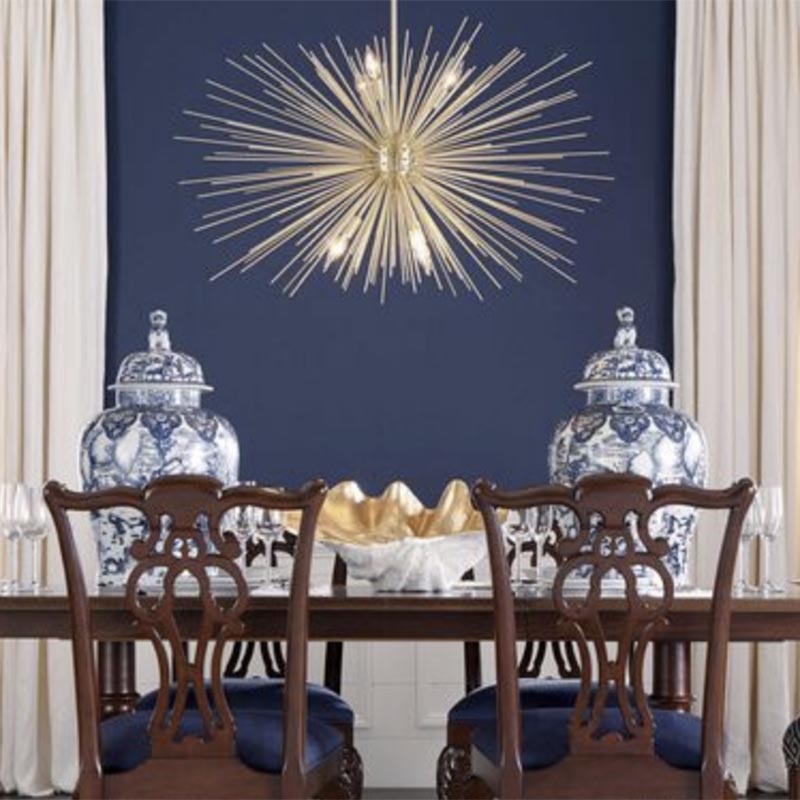

4. Breaking the Rules: Chandeliers Beyond the Expected
Interior designers are increasingly installing chandeliers in unconventional spaces. A chandelier in the bathroom? Absolutely. One in the walk-in closet? Why not?
Chandeliers in unexpected places bring character and delight. They challenge assumptions and inject individuality into a space. Used creatively, they can:
- Contrast rustic surroundings with refined detail
- Add glamor to utility spaces like laundry rooms or pantries
- Soften harsh angles or hard materials with flowing forms and diffused light
Design is storytelling, and chandeliers help tell stories of elegance, whimsy, or bold innovation.
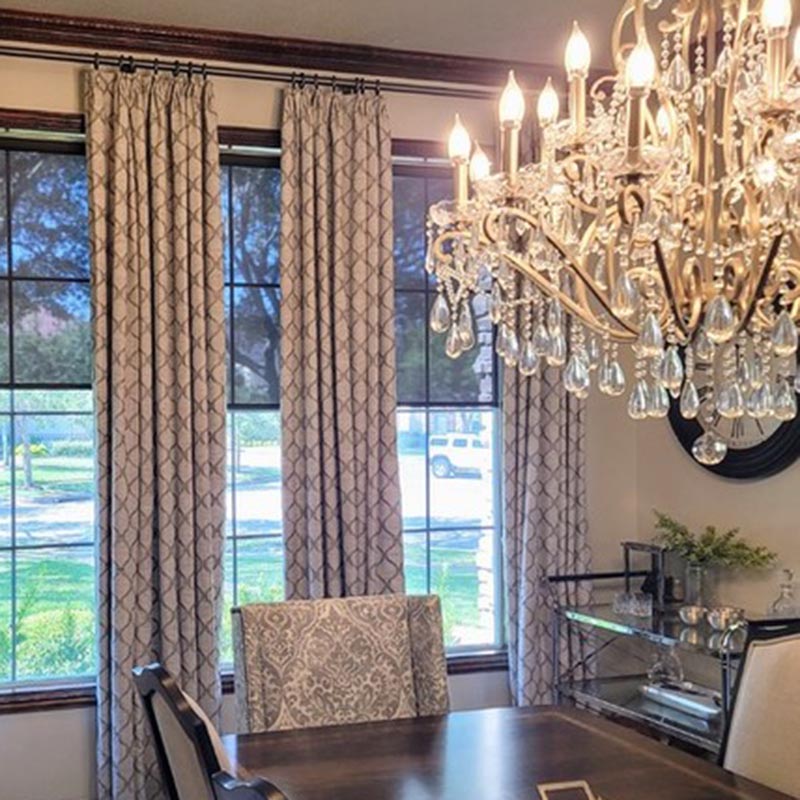
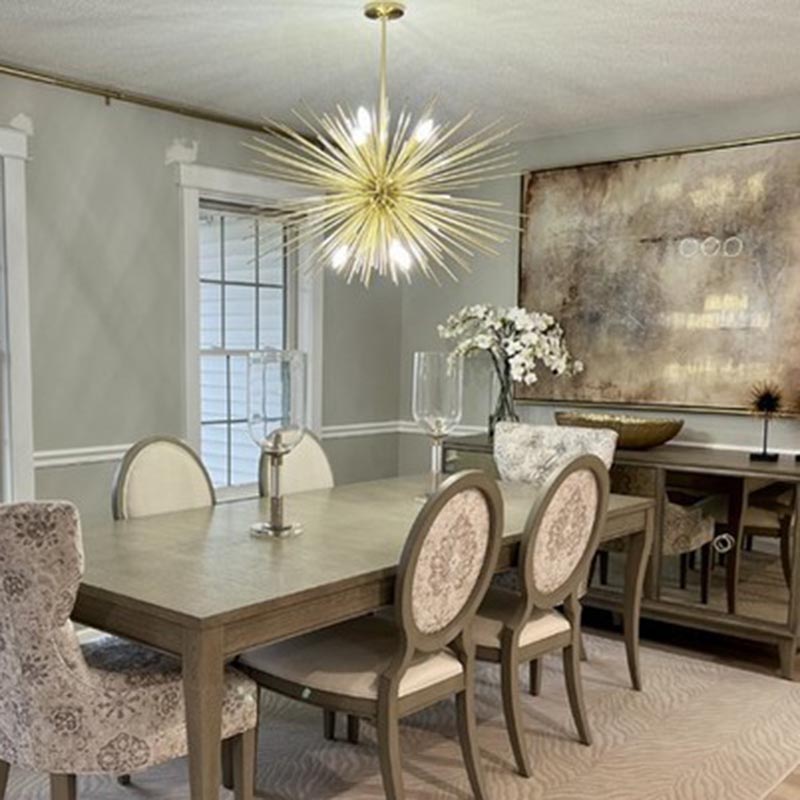
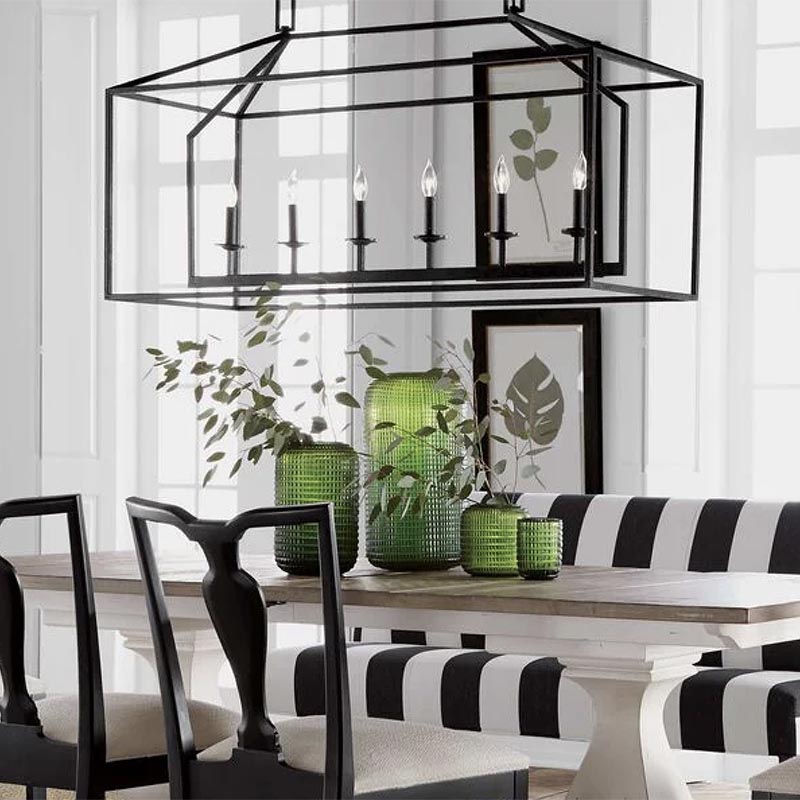
5. Practical Considerations: Design Meets Function
While aesthetics are important, a chandelier must also function well within the space. Interior designers weigh several practical factors:
- Scale: The size of the chandelier must suit the room—too large and it overwhelms, too small and it disappears.
- Height: Hanging height depends on location. In dining rooms, it should sit 30–36 inches above the table; in open areas, at least 7 feet from the floor.
- Lighting Type: Chandeliers can provide ambient, accent, or even task lighting, depending on bulb type and design.
- Dimming Capability: Essential for creating mood flexibility.

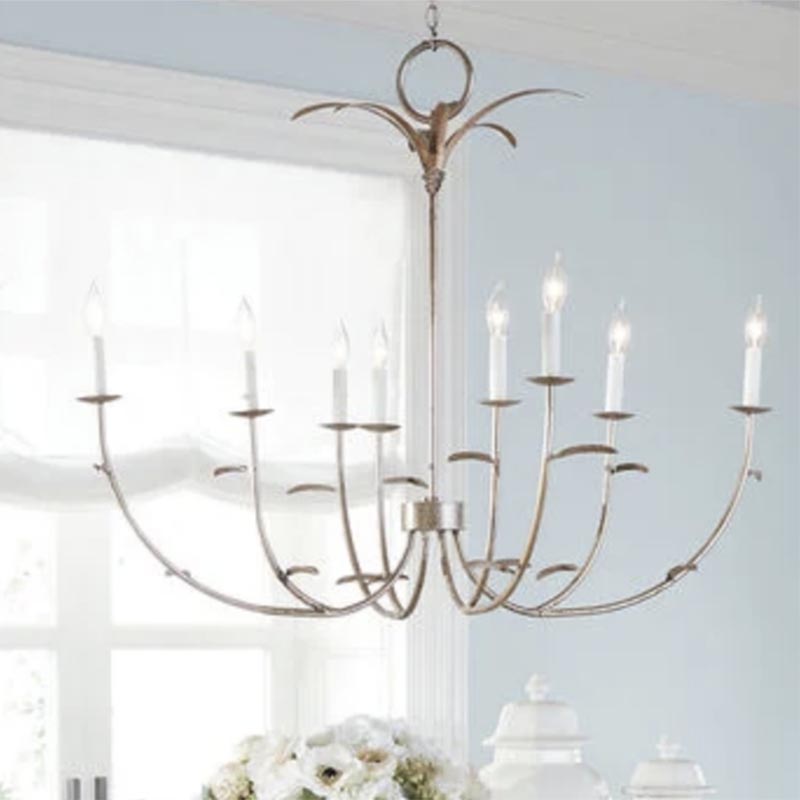
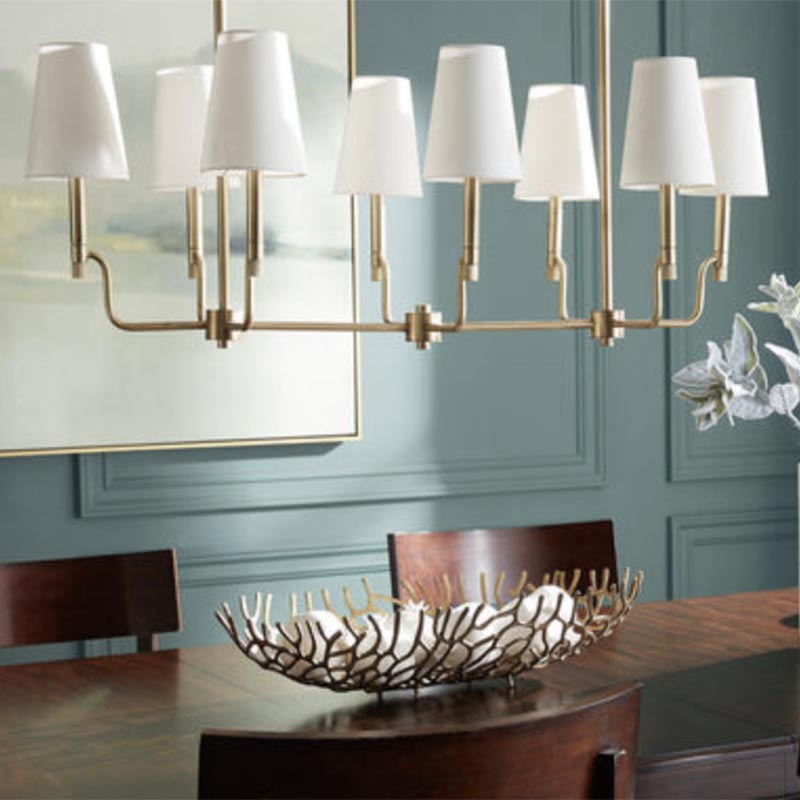
6. The Designer’s Secret Weapon
Chandeliers are powerful tools in a designer’s toolkit. They combine structure and sparkle, presence and light. Whether you’re designing a single-room makeover or an entire home, incorporating a chandelier offers instant impact.
The best designers use them not just for illumination, but for emotion, architecture, and artistry.
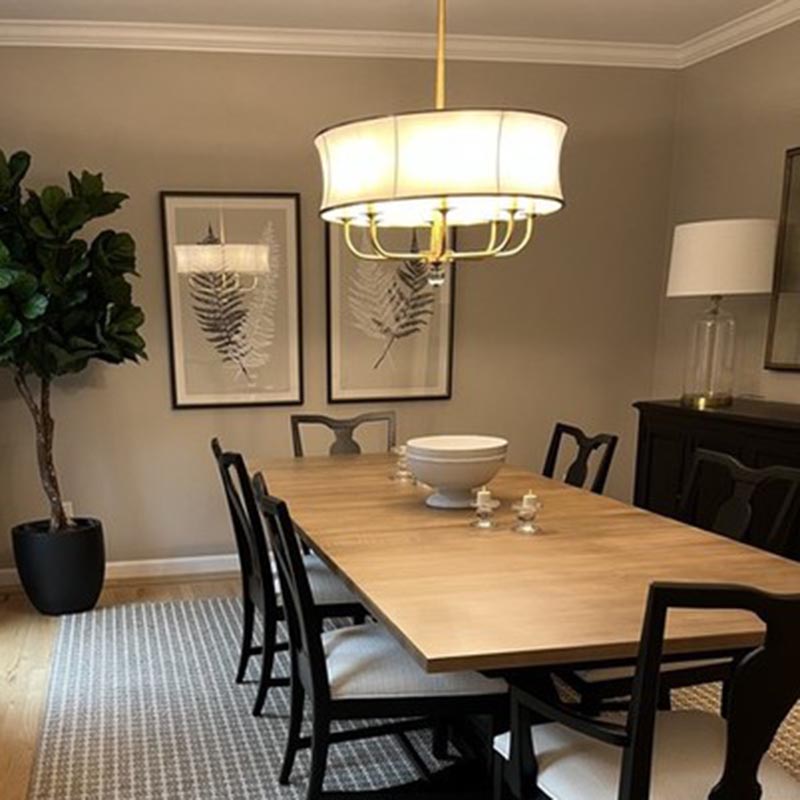
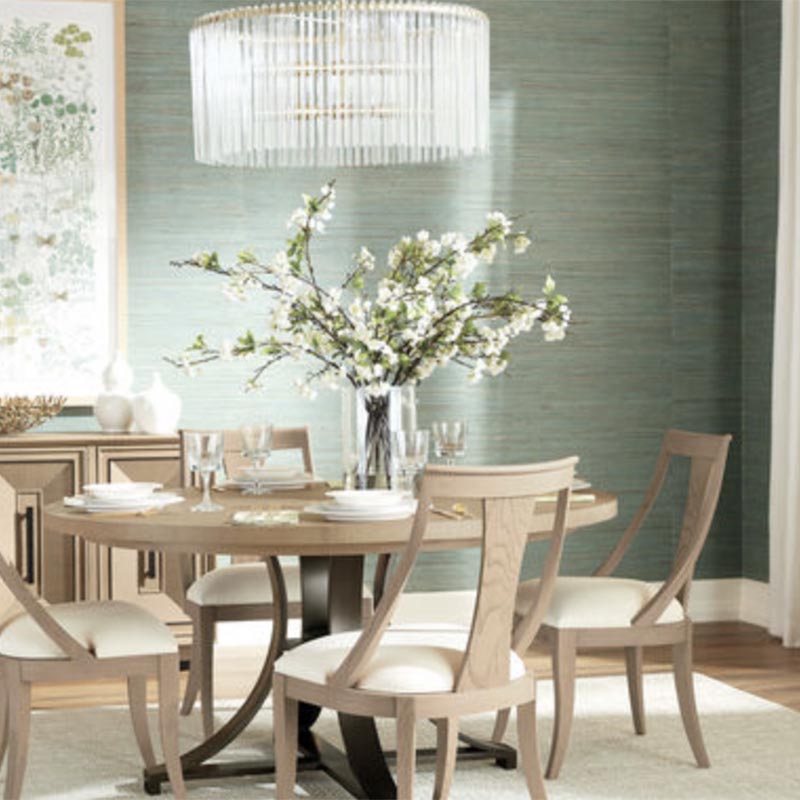
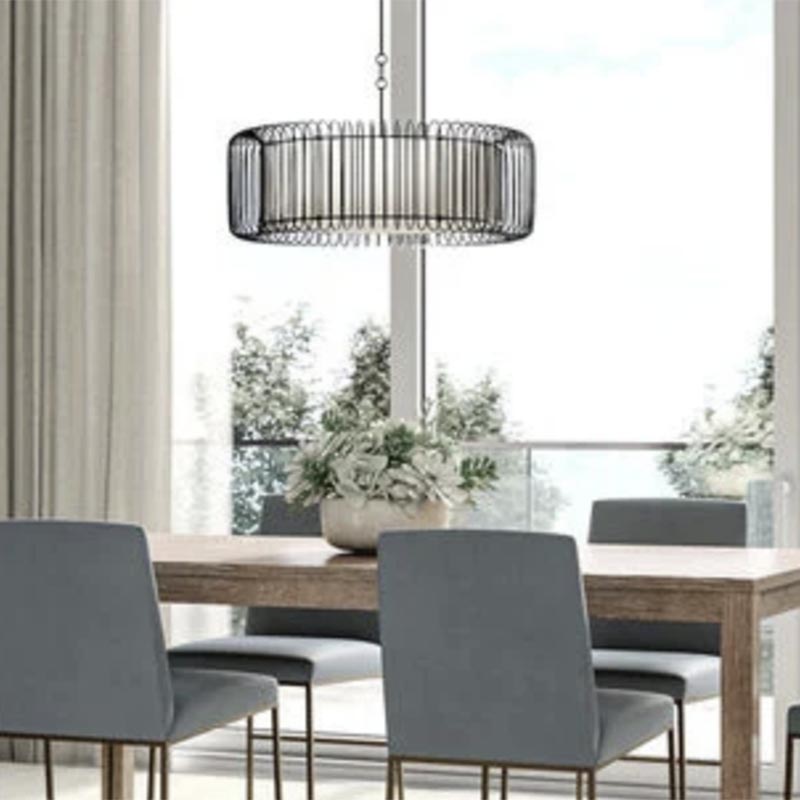
Conclusion: Enduring Elegance
Trends in interior design come and go, but the chandelier remains a symbol of thoughtful, aspirational living. Its ability to blend tradition with innovation, utility with beauty, makes it a fixture that transcends time and style. In the hands of a skilled designer—or an adventurous homeowner—a chandelier becomes more than just lighting. It becomes a story, told in light and shape, shimmering quietly overhead.
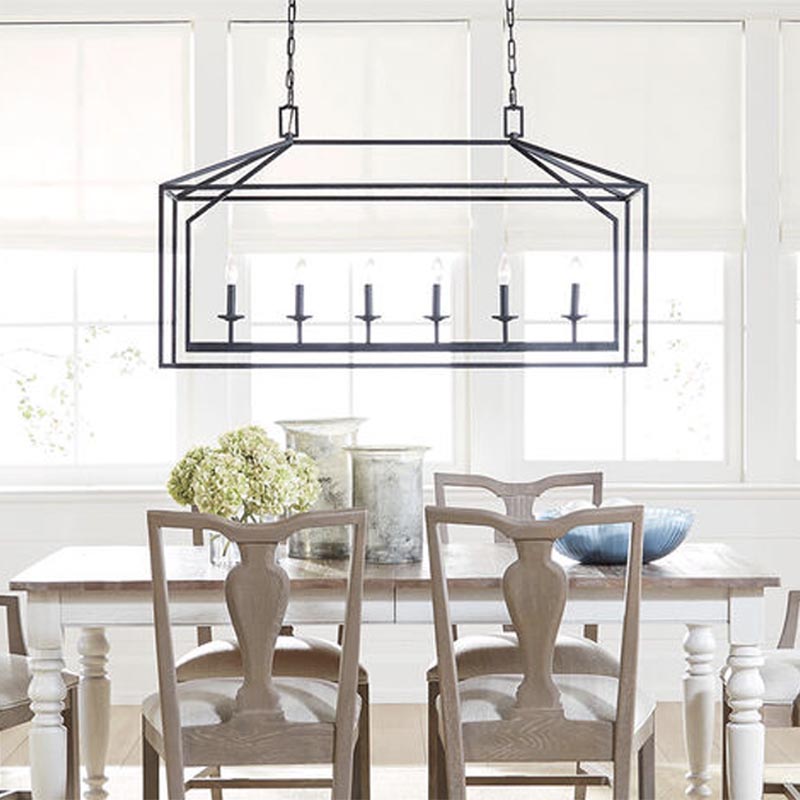
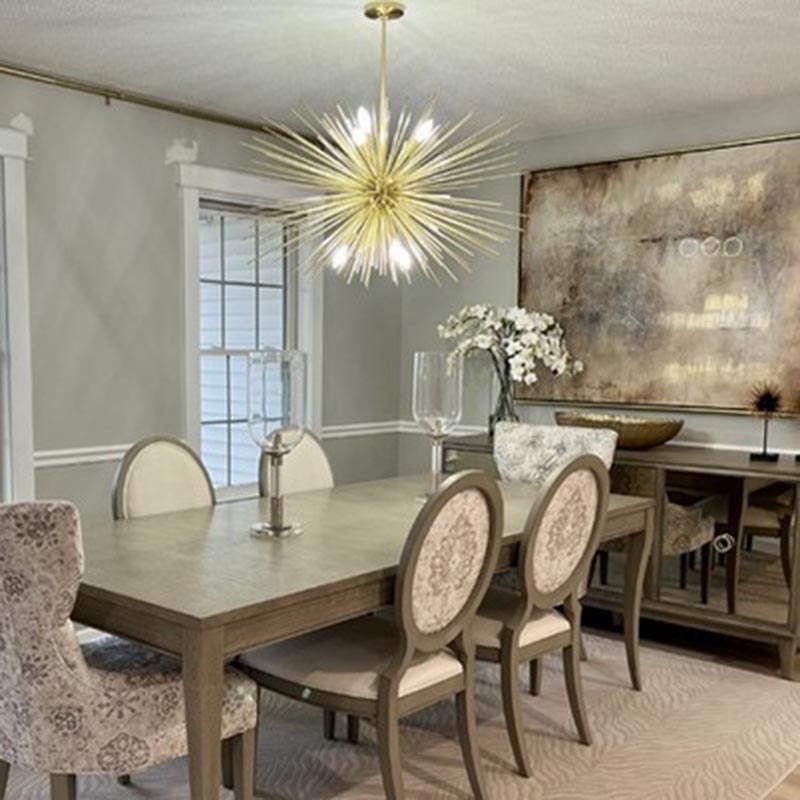
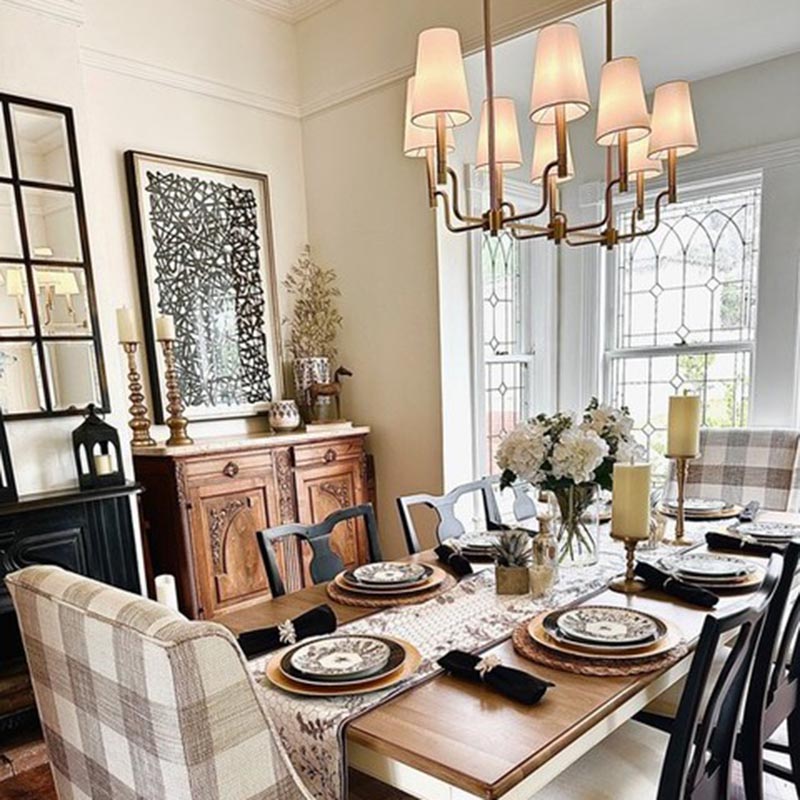
So the next time you look up, ask yourself: What could your ceiling be saying?
